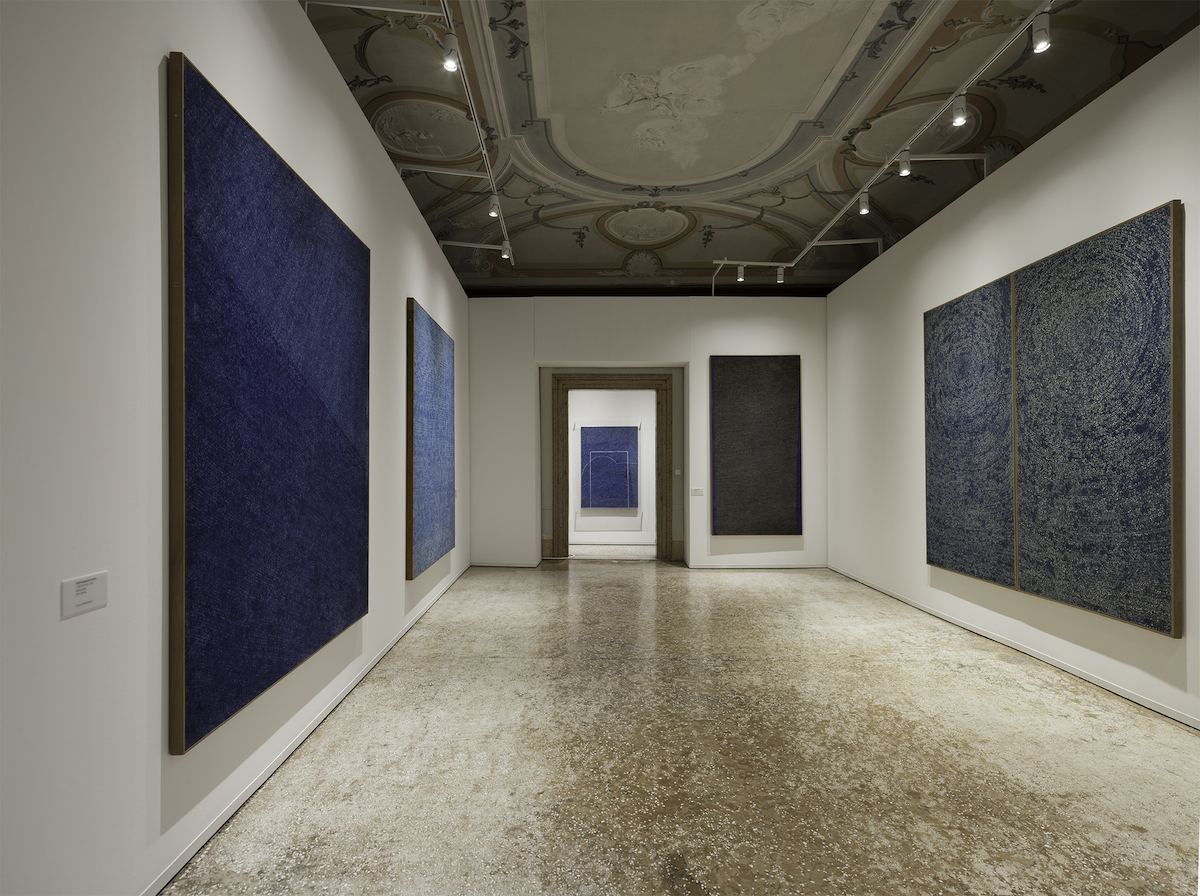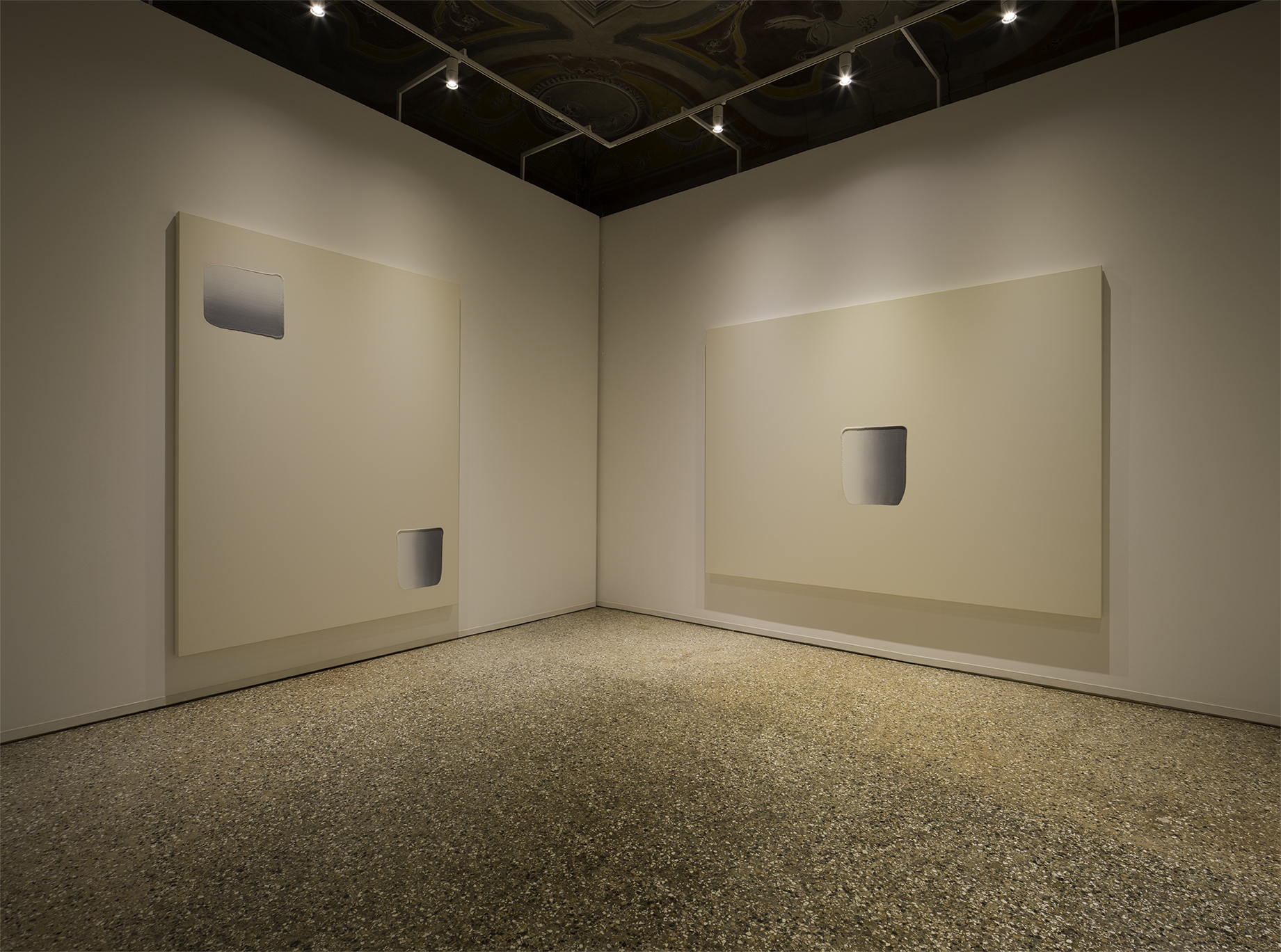Venice Dansaekhwa
| September 22, 2015

Photo by Fabrice Seixas. Image Provided by Kukje Gallery.
“Venice Dansaekhwa” (technically just “Dansaekhwa,” but there is a limit to the conveniences of minimalism) is a simple and beautifully hung exhibition in the Palazzo Contarini-Polignac along the Grand Canal. Organized by the Boghossian Foundation along with the galleries Kukje and Tina Kim, and curated by Yongwoo Lee of the Gwangju Biennial, it’s arguably one of the best places to see this body of work collected together on the European continent—while it doesn’t add much to the groundbreaking exhibitions organized last year on the other ends of the world by LA’s Blum & Poe (“From All Sides: Tansaekhwa on Abstraction, curated by Joan Kee to provide both a strong contemporary reading and appropriate historical groundwork) and Seoul’s Kukje (“The Art of Dansaekhwa,” which played the foil of home field advantage to demonstrate the viability of a global market for the movement), it brings work from those relatively peripheral centers to view for an arguably more disinterested biennial-going audience.

Photo by Fabrice Seixas. Image Provided by Kukje Gallery.

Photo by Fabrice Seixas. Image Provided by Kukje Gallery.
Venice is rarely ever the best venue for a well-researched, museum-quality exhibition, so the choice of visceral historical excitement over a document-laden timeline might be excused. Kee, who both curated the Los Angeles exhibition and literally wrote the book on the movement (Contemporary Korean Art: Tansaekhwa and the Urgency of Method), notes that it never really was a movement, but rather “some people who knew each other to varying degrees but never consciously regarded themselves as a coherent group.” Of course, this seems to be the fate of many if not most of the historical avant-gardes, written together by historians (or, in this case, a network of historians, curators, and commercial players). In this light, “Venice Dansaekhwa” is a viable portrait of a genre invented by the mechanics of the art world, and yet one that improves the game of representation within that same system by pushing for a more global reading of the histories of painting today.

Photo by Fabrice Seixas. Image Provided by Kukje Gallery.

Photo by Fabrice Seixas. Image Provided by Kukje Gallery.


